Sowing seeds for the future
Read more on page 3
What’s inside?
Spring Farming Sheep to Shop Farming through the years
Find out what happens on a farm during the busy Spring time.
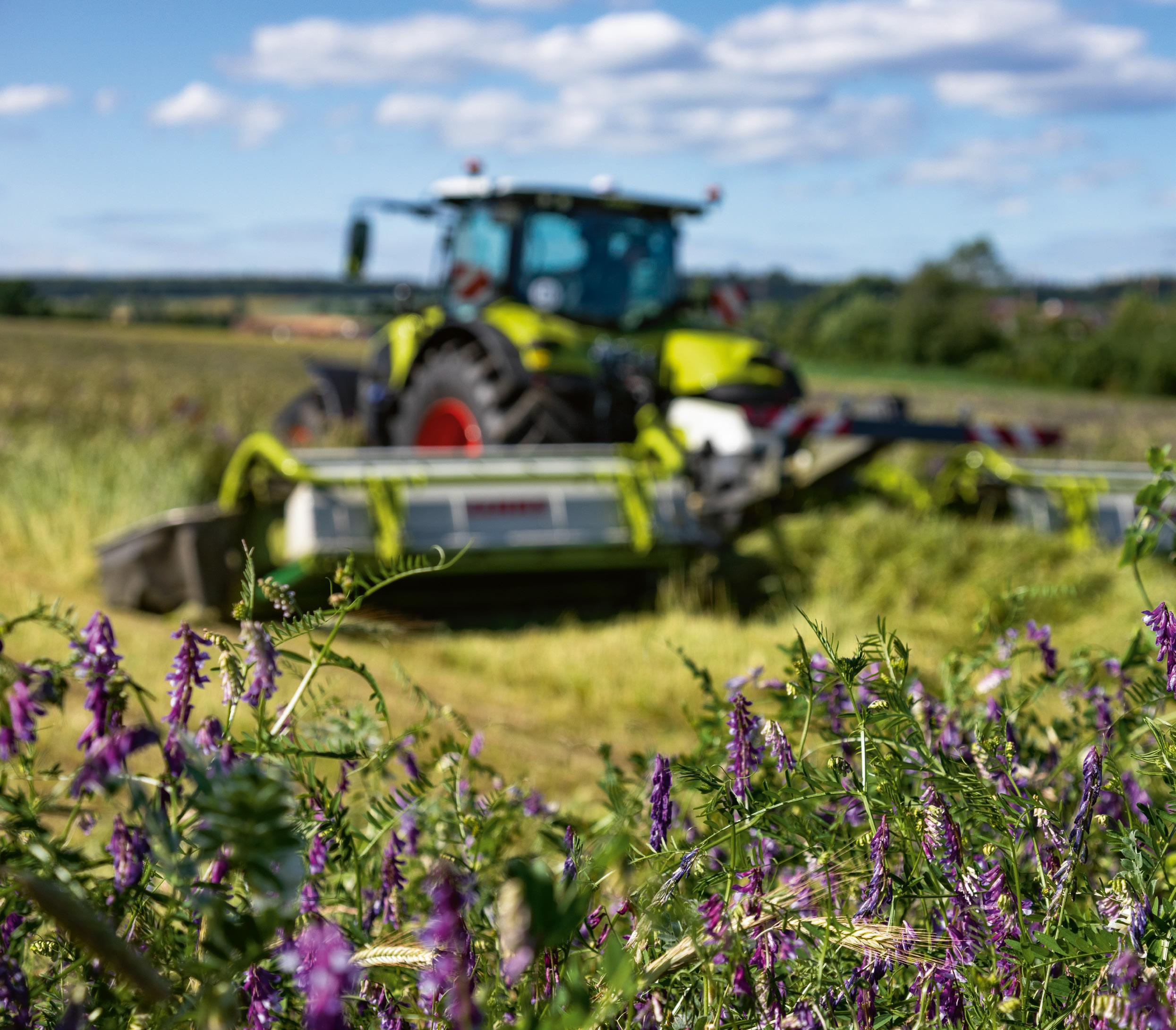
Ever wondered where your woolly jumper comes from? Find out inside!

Learn how farming has changed over the past 100 years.


original outlined stroke Incorporating SPRING 2023
Happy Easter! We hope you enjoy this edition of TRAC. We have lots of great topics for you to read about, plus you will find a small gift with your magazine. Head to page 3 to learn more!

Contents
2 3 5 7 9 11 12 13 14 15 17 18 19
Your Photos
Sow your own

Spring on the farm
Farming through the years
Sheep to shop
Easter recipe
Find the Easter bunnies
Indicators of Spring time
Farm jobs
Aly the ARION & Jenny the JAGUAR
Summer 2022 competition
Spring 2023 competition
Puzzle page

1 SPRING 2023
Your Photos
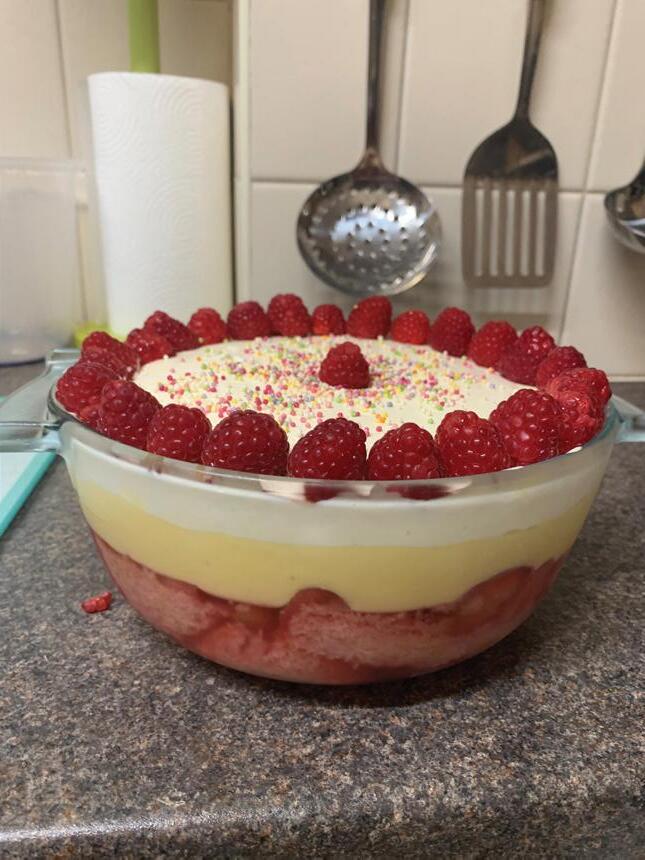
Jack loved receiving his CLAAS advent calendar this year! Adaline doing



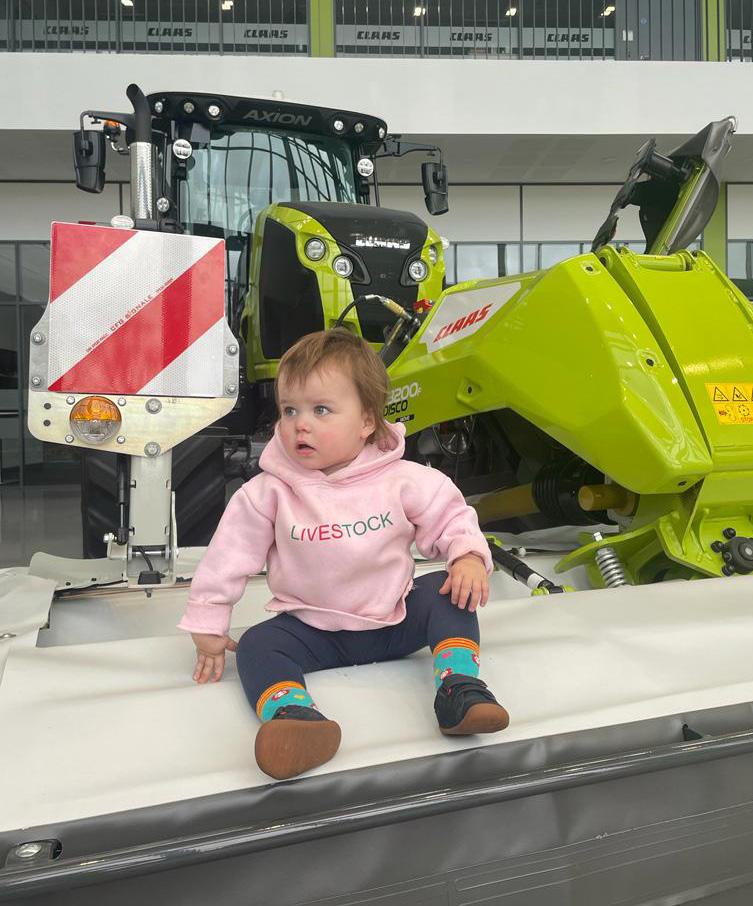
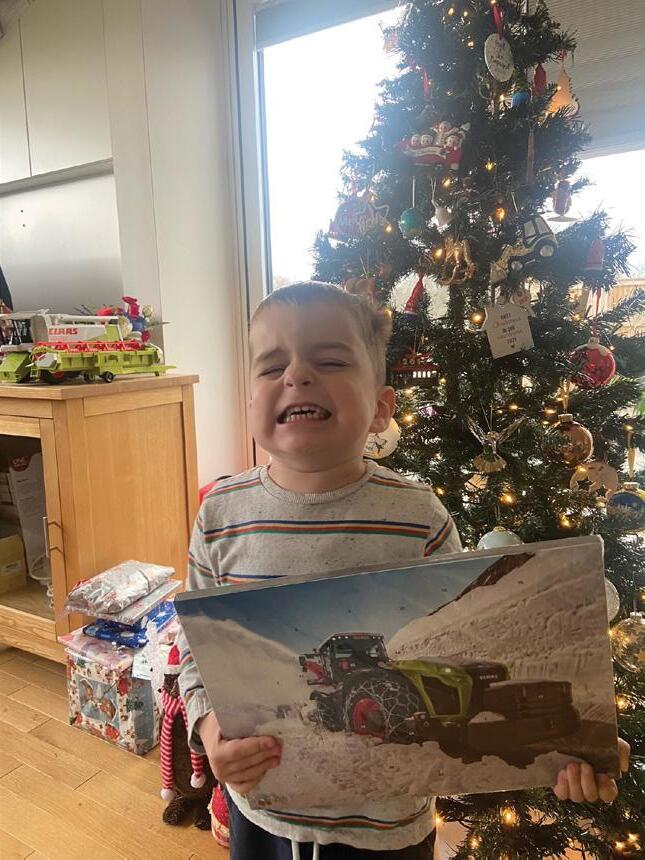
2 claas.co.uk facebook.com/claas.unitedkingdom instagram.com/claas_uk youtube.com/claasunitedkingdom
a bit of quality control on the DISCO mower at
CLAAS UK headquarters!
ready for business with
new CLAAS merch!
is our newest tractor customer! Another #happycustomer at the CLAAS shop.
it’s
fantastic trifle!
and her great prototype torch her sister made for her school DT project! Future engineer in the making! Send us in your photos to be featured in the Summer TRAC magazine! trac.uk@claas.com
the
Ted looking
his
Tilly
Toby showing how
done with his
Aggie
Sow Your Own!



The seedstick packet
included in this issue of TRAC is yours to use and start a new journey! This packet contains wild flower seeds that you can grow in your own garden or home. Watch them grow from seed to beautiful blooms ready for the Summer time. Growing flowers yourself is a great way to get outdoors, observe nature, learn a few new skills and just enjoy the colours! These seeds are easy to use and do not require any special equipment but you can ask an adult to help you out if you like. Once you’ve finished reading this page, don’t forget to check out page 18 as it’ll explain how this new journey could give you the chance to win our Spring competition!
Giving back to nature
is important and at CLAAS, we like to do whatever we can to help nature! Planting and growing flower seeds is a sure way to give back to insects and bees which are very important to all life. Why do insects and bees like flowers so much? You may well know that bees feed on nectar (which can be found in most flowers) but did you know that butterflies, moths and hoverflies also need nectar to live? Growing your own flowers not only provides the food that they need, the flowers are receiving something in return! Insects, bees and flies help to pollinate the flowers (reproduce) as they carry pollen from flower to flower. This is an example of the cycle within nature.
Getting started & tips
This journey should be fun and easy but there’s a couple things you should know! First, you may want to look out into your garden or windowsills to figure out where the sunniest spot is - this is where you want to plant your seeds! The sun will provide light and warmth but this can dry out the soil, so make sure you remember to water your seeds as often as you can. From here, you can relax and watch as your seeds start life, from a sprout emerging from the soil, into a magnificent flower. Wild flowers can look different: some may be big, some may be small - this is the fun of the journey, you won’t know until they grow! Don’t mistake your growing flowers for weeds! Leave your plants alone once buried in the soil.


3 SPRING 2023
Plant
with arrow pointing down
Try to water as much as you can Enjoy the results of your hard work
It only needs to be planted this deep
Try to avoid lots of shade!
Being a young farmer
You can see below how the sowing of your seeds is very similar to what farmers do on a much larger scale.


Step1: Cultivation
Cultivation means “preparing the soil”. Large machines are used to do this but you can simply prepare your soil at home by removing any weeds or unwanted things from the area and making the soil soft with a fork and trowel (be careful with any garden tools!). Making the soil soft will mean the roots of the plants can spread out easily which is important to their growth.
Step 2: Sowing the seeds
On farms, where thousands of seeds need to be sown, we would use a CLAAS tractor and a “seed drill” to spread many seeds at once. You also need to sow your seeds! Your seed packet makes this very easy. Simply pop the entire seed stick into the ground (it doesn’t matter that there are many seeds all together and don’t worry, the card is biodegradable) but you may want to spread each stick a few centimetres away from each other for a better look. If it’s still quite chilly, you may want to start your seeds off indoors and move outside once they have sprouted - be careful not to damage the plant or roots when you move them though!
Step 3: Irrigation

As you know, all living things need water to live. In farming, we call watering plants “irrigation” and usually this is done with giant sprinklers (maybe you’ve seen these?). You can use a sprinkler at home, or you can use anything you like as long as you can get water to the soil! A watering can with a “rose” (the thing that goes on the end with the holes!) is the best to use as you can lightly spray a larger area. Your flowers don’t need lots and lots of water but you should try to avoid the soil from drying up too much.
Step 4: Germination
Germination simply means that the seeds have sprouted and that life has started! Your wild flowers will start to emerge from the soil between 14-21 days after they have been sown (put in the ground) and will look like tiny green shoots and will have a couple of small leaves on them. You may even notice some still have the seeds on them but you can leave those there.
Go to page 18 to see how your seed packet could help you win our Spring Competition!

4 claas.co.uk facebook.com/claas.unitedkingdom instagram.com/claas_uk youtube.com/claasunitedkingdom
Spring on the farm
With Christmas and the coldest months of the year behind us, we can look forward to the warm and sunny months ahead. Spring promises new beginnings, longer days and more time spent outside.
Farmers are busy from the hot Summer months through to the frosty Winter months. Spring is a special time of year for farmers as it signals new life - for animals and crops!
Tilling the fields
Arable farmers (farmers who grow crops such as vegetables and grains) will need to till the fields. Tilling the fields means to turn over the soil, which is typically done using a machine like the red one on the right. Tilling the soil helps to keep weeds away that creep up after harvest. It also prepares the soil ready for when the farmers put the seed in the ground. Farmers might also want to fertilise the soil at the same time. Fertilisers add nurtients to the soil that will help the seeds to grow into bigger crops!
Typical seeds that will go into the ground at this time of year might include peas, spring barley and sugarbeet. Not all types of crop can be seeded in Spring as they need different conditions to grow. For example, oats don’t like the heat so should not be seeded until early Autumn when the conditions are cooler.


Green peas

5 SPRING 2023
Sugarbeet
Seeds that go into the ground in Spring benefit from the hot Summer months ahead which many crops need to produce a great harvest!
Perhaps the best part of Spring is the baby animals! Many animals (which include birds, reptiles, fish and mammals) will produce offspring in Spring because resources are plentiful: the harsh weather conditions have gone and plants have started to grow, offering food for both mother and young.
On a farm, you might expect to find piglets, chicks, calves and lambs which all need care. Farmers will help to care for these young animals by providing food, shelter, medicine if needed and protection from predators.

Looking after calves and lambs can take up a lot of a farmers time as they need care around the clock. Farmers will help to keep the mother and young healthy and make sure that both are well fed. A mother sheep can only feed 2 lambs at one time so a farmer will have to bottle feed any other lambs. If the weather is cold, the lambs will need to stay indoors until they are strong enough.
Spring is a very rewarding time for everyone but especially for farmers.


6 claas.co.uk facebook.com/claas.unitedkingdom instagram.com/claas_uk youtube.com/claasunitedkingdom
Calves
Lambs
Spring barley
Farming through the years
Farming today is becoming more advanced with the aid of technology. At CLAAS, we are always trying to make our machines perform better and be more eco-friendly.
Today, farming is the most efficient, time-saving and cost-saving as it has ever been but things weren’t always this way...
1940’s
Farming relied heavily on manual work as machines like tractors were too expensive for most farmers. Work was largely done by hand and hand tools with the aid of strong horses, that could pull ploughs. Ploughs turn and break up the soil but also bury old crops and help control weeds.



“We are called Land Girls!”
With the rise of the second World War, Britain faced many challenges which included a depletion in the male workforce as men were enlisted for war. This meant that women would help take on men’s jobs (which at the time was unusual!) and carry out the manual work on farms. Tractors with engines were now quite common and were used for most farming jobs.

1920’s 1960’s
With a boom in mechanisation, machine manufacturers like CLAAS struggled to cope with demand! Combine harvesters were self-propelled - this meant they had an engine and did not need to be ‘pulled’ by a tractor. This made harvesting much faster, so farmers had more time to spend on other jobs. The business of farming also grew and CLAAS worked on building it’s dealerships and offices for their staff.

7 SPRING 2023
1980’s 2020’s
CLAAS continued to invest in engineering, making farming easier and faster. With more machines being introduced on farms, there was less of a need to have people. Due to the speed at which farmers could harvest crop, it also meant that they could own and work more land - which meant farmers could earn more money. 1984 was a record year for wheat yields - Europe’s wheat levels reached 170 megatonnes which is the same weight as 566 Empire State Buildings!


2000’s

Agricultural machines would now typically have an on board computer screen inside the cab to show the driver how the machine was performing. The operator could even control the machine from this screen - for example, they could alter the speed of the cutterbar reel, which affects how fast the crop is entering the machine. Another big evolution was the development of track tyres on agricultural machines, particularly on combine harvesters. Tracks would offer a large surface area, meaning less compaction on the soil, therefore less damage. Tracks can also pull the machine more efficiently in challenging conditions.
Technology has been the driving force of modern engineering efforts. The computer inside a machine is now able to send messages to CLAAS when there is a problem with the machine. The computers also help to drive the machine, so that the driver does not have to do as much work. Using GPS will also guide machines on where to drive to harvest the crop most efficiently. The computer can even help detect soil, moisture and crop quality so the machine can react accordingly!




8 claas.co.uk facebook.com/claas.unitedkingdom instagram.com/claas_uk youtube.com/claasunitedkingdom Click on the images to learn more!
Sheep to Shop
Spring is also a busy time for shearing on the farm. Shearing means to cut, which can be done using a blade shear (which are like big scissors) or using electric clippers (similar to what hairdressers use). By shearing a sheep, the person is cutting off the sheeps coat, which is made of wool. Sheep like having this done as their coats can get very big, hot and heavy - which is quite uncomfortable in the hotter months. Shearing starts in May and can continue right through to July.
Find out below exactly what happens in the wool making process so that the next time you are in a shop, or you are cosying up with your woolly blanket, you will remember how it was made! This is a long process but creates a wonderful and natural material to keep us warm and help us live out our daily lives. Wool can be used for many things such as carpets, curtains and horse rugs (coats)! Wool can also be produced from other animals such as llamas and alpacas.
1. Shearing the sheep
From May onwards, the farmer will start shearing his sheep using a blade shear or electric clippers. Many farmers like to use blade shears as this is the traditional method though electric clippers are the modern choice. The farmer has to gently hold the sheep down to make sure they are shearing safely and do not injure themselves or the sheep.
2. Washing the wool


Because sheep are animals that live outside, their woolly coats can be muddy and smelly! So the next stage of the process is to clean the wool using water and soap. This is to clean the wool of dust, dirt and grease that has built up. The wool will now start to become soft and fluffy.
This is also called
9 SPRING 2023
the “fleece”
“scouring”
3. Combing the wool

This is also called “carding”
The wool is now like big, fluffy clouds which although is nice to touch, is difficult to work with. So, the next stage is to comb the wool so it starts to form a string shape. This can be done with a machine (like the one on the left) or using 2 square combs. Each method uses tiny ‘teeth’ to pull the wool and separate the many strands of wool from each other.
4. Dying the wool
This part of the process is optional, as many people like to use wool in it’s natural colour. However, most wool is dyed which produces beautiful and striking fabrics for clothing, blankets and more! This is a simple task of adding dyes (which can be man-made or natural dyes) to water and soaking the wool.


This is also called “spinning”
5. Making the yarn

Like step 2, 3, 4, and 6, this part can be achieved with big machines that don’t need people to work.
Although we have combed (or “carded”) the wool into fluffy strands, it is still too hard to work with. The wool will now be fed into a machine that spins it around. The person using the machine uses their hands to pull back on the wool whilst the machine is pulling in the other directionthis forces the wool to form a tight string. By using less force (pull and speed), the “looser” the yarn will be. Some yarn is loose and some is thin and tight.
6. The final woolly result
The last part is to create something usable with the wool yarn. The yarn on the right is “loose” so it still looks quite fluffy - this would be great for a blanket to keep you warm. Thin yarn would be good to create rugs as it is less likely to be damaged by shoes - this is because it is more compacted. Woolly items can be produced by machines or knitting them by hand!
10 claas.co.uk facebook.com/claas.unitedkingdom instagram.com/claas_uk youtube.com/claasunitedkingdom
Easter Recipe
Makes 12
Skill: Easy

Prep time: 45 mins
Cooking time: 5 mins
Total: 50 mins
1) Break up the chocolate into squares and place in a plastic or glass microwave-proof mixing bowl with the butter and syrup. Heat in the microwave on 30 second bursts until melted, then stir until smooth. Alternatively, place in a bowl over a pan of gently simmering water until everything is melted and smooth (make sure an adult helps you).
2) Add the cornflakes and stir with a spoon until they are well coated in chocolate.
3) Place 12 paper cupcake cases in a bun tin and spoon the mixture into the cases. Place in the fridge to set for 30 mins. Decorate with sugar eggs.

Baby bird nests (chocolate cereal cakes)

100 grams milk chocolate
50 grams butter

2 tbsp golden syrup


100 grams cornflakes or shredded wheat

Mini Eggs
11 SPRING 2023




12 claas.co.uk facebook.com/claas.unitedkingdom instagram.com/claas_uk youtube.com/claasunitedkingdom Find the Easter bunnies! They’re hidden in the images above. Welcome to CLAAS Kids original outlined stroke
Indicators of Spring time
Fill in the spaces below to finish the sentences.
_________ is eaten at Easter but you shouldn’t have too much!
Farmers are busy at this time of year looking after ____ animals.
________
(like the ARION) are the smallest, yet most used machine on a farm.

The jelly like stuff that you find in ponds is called
_________.
As well as rabbits, ______ are celebrated at Easter (they go “cheep”). Now Winter has gone, we have sunnier and ______ days.


You know Winter has gone when the _________ appear next to the roads.
A CLAAS JAGUAR is a forage harvester, it harvests _____ in the Spring.

How well did you do? /8 Answers
chocolate, baby, tractors, frogspawn, chicks, longer, daffodils, grass

13 SPRING 2023
On the farm, everybody has a job to do! It takes a team effort to get things done and everybody is important. Animals, people and machines need to be cared for in order to keep them healthy and allow them to do their job the best they can! Can you think of some of the jobs that need to be done? Write below the type of jobs that these machines have on the farm! Find an example below.









14 claas.co.uk facebook.com/claas.unitedkingdom instagram.com/claas_uk youtube.com/claasunitedkingdom Farm jobs!
bales
your guardian to send it in to trac.uk@claas.com Entries will be featured in our Summer magazine!
creative! Create something at home that will help us guess. If you dream of becoming a doctor when you grow up,
could send a photo of you with a homemade stethoscope.
Lift
Ask
Get
maybe you
trailer
Combine
loader
are used to listen to a patients heartbeat!)
us a photo and we will guess what your favourite job would be!
&Tractor
Telehandler
Wheel
Forager (these
Send
Aly the ARION & Jenny the JAGUAR
Today we will read a story about Aly the ARION and Jenny the JAGUAR.
It is the beginning of Spring which is a very busy time on the farm. Farmer Green has woken early to make sure the whole farm is ready to start work.
Aly has been working on the farm all Winter so is used to working everyday. Aly is strong and can pull heavy loads whatever the weather conditions...rain, wind or snow! Farmer Green asks Aly the ARION to wake up Jenny the JAGUAR.
Jenny has been asleep all Winter! This is her first working day for a few months and she must be feeling sleepy still... Aly cannot seem to get Jenny up and out of the barn so asks Farmer Green what he should do to wake Jenny up.
15 SPRING 2023 original outlined stroke
“Come on Jenny, time to get up! We’ve got grass to cut today!” calls out Aly - but still not a peep from Jenny. “Jenny, the animals have missed you, why don’t you come and say hello?” asks Farmer Green. Still, no response. She must be feeling really sleepy!
Starting to become a little worried, Aly thinks for a while before coming up with a clever idea... He asks Farmer Green to collect some grass, put the grass into a bucket and then place on the ground right under Jenny’s nose...which has started to twitch! The smell of grass is like perfume to Jenny!
“Whaa... What’s going?!” mumbles Jenny as she slowly opens up her eyes. “It’s light outside!” she exclaims. Jenny revs up her engine and sets off outside in a flash. “Someone’s excited to start work, ey?” smiles Farmer Green, as she watches Jenny whizzing around the yard.
Aly and Jenny spend the rest of the day cutting grass and moving the load into the silage clamps. “I am so happy that it’s Spring time, this is my favourite time of year. I love my job” grins Jenny. “I’m just happy you’re finally awake!” Aly says jokingly. “Yes, who would have cut the grass?!” laughs Jenny.
16 claas.co.uk facebook.com/claas.unitedkingdom instagram.com/claas_uk youtube.com/claasunitedkingdom
Ben
• Apples
Well done Ben, a very fun and colourful entry based around apples.
Summer Competition “Crop Jobs” Congratulations to
Well done to everybody that took part in our last TRAC competition, “Crop Jobs”
The goal was to think of 1 or more crops and what their “jobs” are.
For example if you had chosen wheat, you could have listed bread, pasta, cakes, muffins, crackers and cereal.
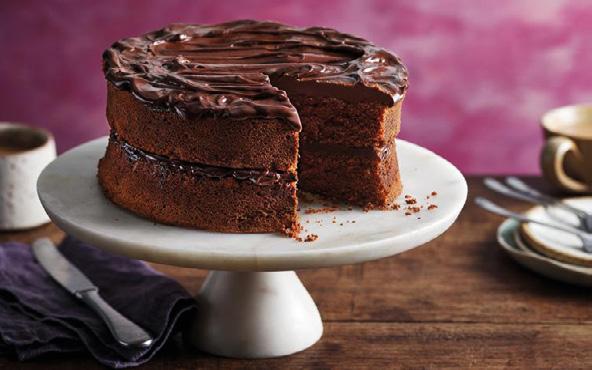

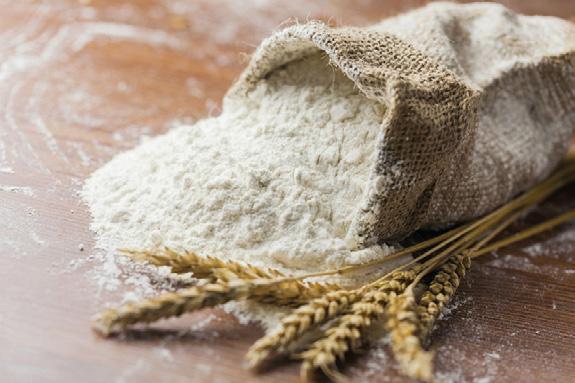

We love receiving all of your entries for the TRAC competitions. We think it’s great how creative you all can be! All entries will be featured in our next edition but here are our top 4 from “Crop Jobs”....
our winners...
Harry
• Grass
• Wheat
• Potatoes
Well done, Harry! It was clever to include animals in your entry and what great machine drawings!

Emily
• Oats
Great drawings of all the types of food, Emily! Very clear and easy to understand.



Luke
• Barley
• Corn
• Rice
• Wheat
• Sugarbeet
• Potatoes
Lots and lots of great choices, Luke! Well done on creating a very informative and creative entry.
17 SPRING 2023
Spring Competition “Sow your own!”

For this year’s competition, we want to give you something to look forward to! With this magazine, you received your very own seed stick packet. We would like you to “sow your own” and be a young farmer at home! Plant your seeds and watch them grow into beautiful wild flowers.
Create a journal of your seeds journey

For your entry, you will need to record the stages of the journey your seeds will take, starting from preparing the soil all the way to flowering. You can be as detailed as you like. Don’t worry if things don’t work out quite how you wanted them to, growing things takes a bit of skill so ask an adult if you would like some help with what you should do. Reading over page 3 and 4 again might help you.
2 members will win a CLAAS jobs kit! Included is a CLAAS high visibility vest, a pair of CLAAS work gloves, a CLAAS shovel and a CLAAS bucket. With this kit, anybody would think you work with our Service Mechanics in the workshop!




18 claas.co.uk facebook.com/claas.unitedkingdom instagram.com/claas_uk youtube.com/claasunitedkingdom
should I make? How should I make my journal?
Use 1 A4 sheet / Use 1 A3 sheet / Create a mini booklet by folding a piece of paper in half / Staple multiple pages together to create a booklet
What
What is the prize? Written journal using sentences Drawing journal Photo journal A mixture of these!
How do I enter? You can either post your entry to: Kim Bauly, CLAAS UK Ltd, Saxham, Bury St. Edmunds Suffolk, IP28 6QZ, United Kingdom Or email it in (as a photo/series of photos) to: trac.uk@claas.com
sure you submit your entry before 3rd
Make
July.
Why was the cucumber mad?
What do you get if you cross a cocker spaniel, a poodle and a rooster? Because he was in a pickle!
what is a scarecrows favourite fruit?
I’m white but I’m not a snowman
I’m wet but I’m not sunscreen
I’m stored in the fridge but I’m not yogurt
I’m added to breakfast cereal but I’m not sugar
I’m something you can drink but I’m not water
What am I?
Cockerpoodledoo! 5
what day do potatoes hate the most?
I am a type of animal
Some say that I have a long face
I’m very good at running fast
So people ride me in a race
What am I?
2
1 down: what you do with seeds!
2 down: a CLAAS forage harvester, otherwise known as a large cat
3 across: a tasty Easter treat
4 across: a large agricultural machine used to put seeds in the ground
6 7 8
Can you finish this crossword?
Help the bunny get to the rest of the eggs!


5 down: the CLAAS colour
6 down: the material you get from shearing a sheep
7 down: yellow flower found next to roads in Spring
8 down: a baby sheep
9 across: the act of picking something up with a bucket or fork on a tractor
sow, jaguar, chocolate, seeddrill, green, wool, daffodil, lamb, loading
Name the crops!


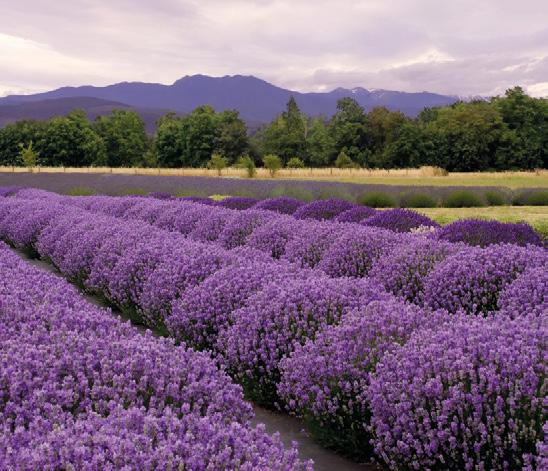
Answers:
lavender, wheat, maize/sweetcorn, beetroot

19 SPRING 2023
fry-day! strawberries 1 3 4 9




































































































